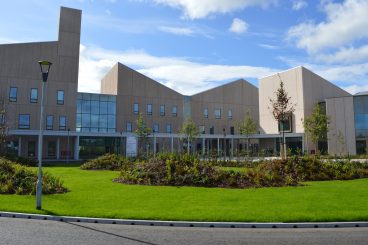And checking your moles is a good way of monitoring your skin health.
Nuffield Health GP and mole expert Dr Unnati Desai explains how.
She said: “It can be difficult to tell the difference between a non-cancerous mole and a cancerous one, particularly if you have a lot of moles or freckles. But there are some tell-tale signs that you can look out for.
“The A – G method provides a good basis for identification of potentially troublesome moles.”
A – Asymmetry
Normal moles or freckles are completely symmetrical. If you were to draw a line through a normal spot, you would have two symmetrical halves. In cases of skin cancer, spots don’t look the same on both sides.
B – Border
A mole or spot with blurry and/or jagged edges.
C – Colour
A mole that is more than one hue is suspicious and needs to be evaluated by a doctor. Normal spots are usually one colour. This can include lightening or darkening of the mole. Melanoma cells usually continue to produce melanin, which accounts for the cancers appearing in mixed shades of tan, brown and black.
D – Diameter
If it is larger than a pencil eraser (about 1/4 inch or 6mm), it needs to be examined by a doctor. This includes areas that do not have any other abnormalities (colour, border, asymmetry). But, don’t be fooled by size alone – it can be smaller.
E – Elevation/Evolving
Elevation means the mole is raised above the surface and has an uneven surface. Evolving means changing in size, shape, colour.
F – From firm to palpation
This means if any of your moles change from a firm consistency, to a softer, spongier consistency.
G – Growing progressively over a month
A mole should remain a consistent size. If your mole continues to grow over more than a month, speak to your doctor.
Dr Desai advises checking yourself thoroughly at least once a month using this method. She said: “If you notice something unusual or concerning, speak to your doctor immediately for advice.
“They may advise mole mapping or mole assessment.”























